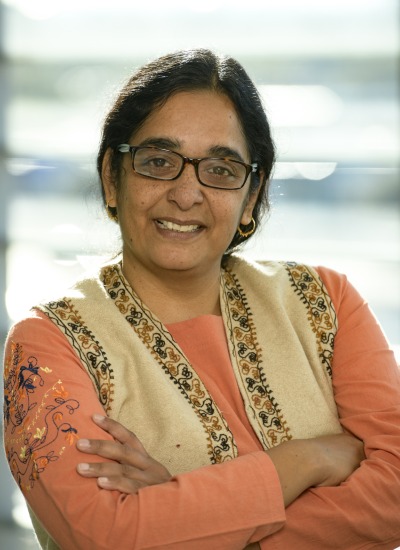Lalitha Madhavan
Associate Professor, Neurology
Associate Professor, Medicine
Associate Professor, Neuroscience - GIDP
Associate Professor, Molecular and Cellular Biology
Associate Professor, Evelyn F Mcknight Brain Institute
Associate Professor, Clinical Translational Sciences
Associate Professor, Physiological Sciences - GIDP
Associate Professor, BIO5 Institute
Primary Department
Department Affiliations
Contact
(520) 626-2330


